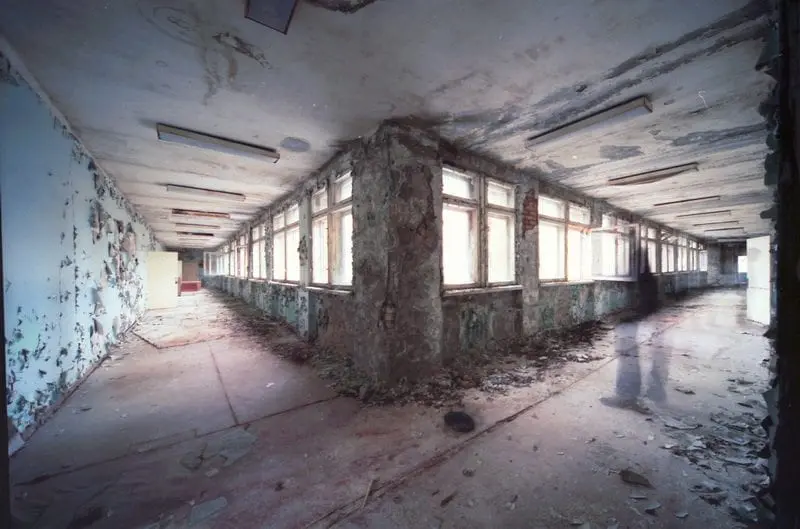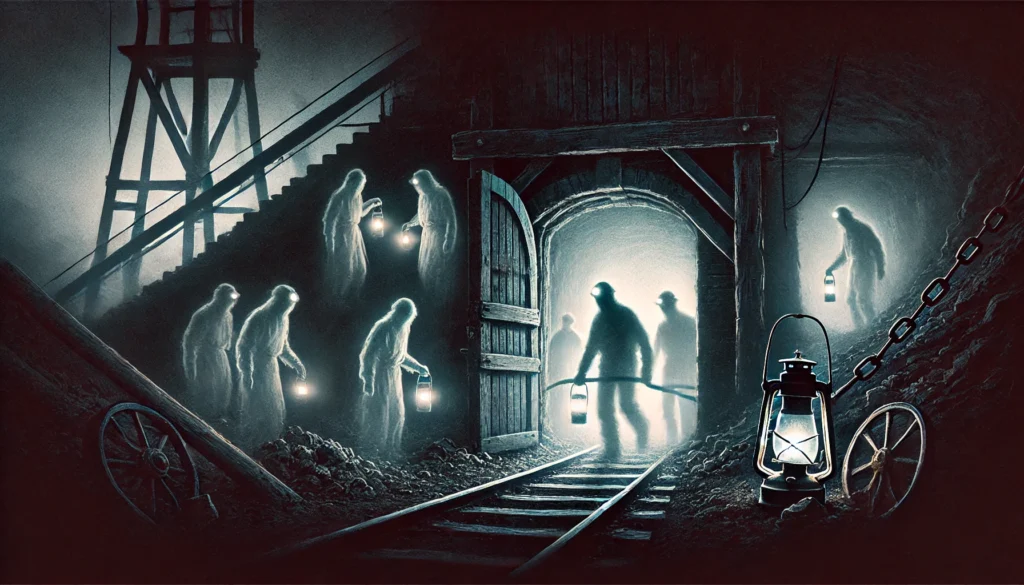
Residual Hauntings: When A Ghost Is Not A Ghost
Residual hauntings are the most common type of ghostly activity. But, there’s no ghost involved. That’s right—a haunting without a ghost. Get the ghostly scoop after the jump.
What Are Residual Hauntings?
Residual hauntings act as echoes of the past, devoid of any conscious entity. These phenomena are often tied to specific locations, where environmental or geological factors may enhance the likelihood of a “recording.” By contrast, intelligent hauntings involve spirits or entities that interact with the living. In an intelligent haunting, the spirit may respond to questions, react to changes in the environment, or intentionally make its presence known.
Comparing Residual and Intelligent Hauntings
| Aspect | Residual Hauntings | Intelligent Hauntings |
|---|---|---|
| Nature | Playback of past events; no consciousness involved | Active and aware spirit; interacts with the living |
| Behavior | Repetitive and predictable | Responsive and dynamic |
| Triggers | Environmental factors like time, weather, or location | Intent or stimuli, such as asking questions |
| Perception | No acknowledgment of observers | Acknowledges and engages with people |
| Progression | Static and unchanging | Can escalate or change over time |
| Purpose | Unintentional imprint of energy | Purposeful communication or unfinished business |
Residual hauntings act as echoes of the past, devoid of any conscious entity. These phenomena are often tied to specific locations, where environmental or geological factors may enhance the likelihood of a “recording.”
Famous Examples

Some famous cases include the Gettysburg Battlefield, where witnesses have reported hearing cannon fire and soldiers’ voices, and the Tower of London, where sightings of Anne Boleyn are said to repeat without variation.
Supernatural Science

Residual hauntings are often explained by the “stone tape theory,” which proposes that the environment can act as a recording medium for emotionally charged or traumatic events. Materials like limestone, quartz, and even water are thought to be particularly effective at storing these imprints due to their conductive properties.
When conditions such as humidity, temperature changes, or electromagnetic activity align, these “recordings” may play back, creating the illusion of a haunting. Additionally, infrasound—low-frequency sound waves that humans can’t consciously hear—can contribute to the perception of ghostly phenomena by causing feelings of unease, disorientation, or even visual distortions, amplifying the experience of a residual haunting.
Characteristics

Repetition: Events replay without deviation, such as footsteps or doors opening and closing at the same time and place.
No Interaction: Unlike intelligent hauntings, there is no acknowledgment or response to attempts to communicate.
Environmental Factors: Locations rich in limestone, quartz, or other conductive materials may be more prone to residual hauntings.
Specific Triggers: Certain conditions, such as specific times of day, weather changes, or anniversaries of significant events, may activate the playback.
Lack of Progression: Residual hauntings do not evolve or escalate over time; the activity remains static and predictable.
Sensory Elements: Beyond visual and auditory phenomena, residual hauntings can include smells (e.g., perfume, smoke) or sensations (e.g., cold spots) tied to the original event.
Emotional Energy: Often linked to events involving heightened emotions, such as fear, anger, or sorrow, which may “imprint” the environment.
Investigating Residual Hauntings

If you suspect a residual haunting, here are some tips for confirmation and investigation:
Document Patterns: Keep a detailed log of the occurrences, noting the time, date, location, and type of activity (e.g., sounds, smells, visual phenomena). Look for repetitive patterns that suggest a playback of past events.
Environmental Measurements: Use tools such as EMF detectors, temperature readers, and audio recorders to capture environmental anomalies. Pay special attention to fluctuations in electromagnetic fields, as they might correlate with activity.
Trigger Testing: Attempt to replicate environmental conditions that may activate the phenomena, such as playing specific sounds, creating similar lighting conditions, or observing at the same time of day as previous activity.
Historical Research: Investigate the location’s history through archives, newspapers, or interviews with local historians. Look for records of traumatic events, construction changes, or other occurrences tied to the activity.
Collaboration: Bring in paranormal investigators or researchers experienced in residual hauntings to validate findings. Their expertise may uncover patterns or evidence you’ve missed.
Ruling Out Alternatives: Carefully rule out natural causes like structural issues, environmental noise, or human interference that could mimic a haunting.
Debunking Myths

There are many myths about residual hauntings. For instance, some believe these hauntings indicate a weaker spirit presence. In reality, residual hauntings are not spirits at all, but natural imprints left by emotional or traumatic events. Another myth is that residual hauntings require the presence of human activity to replay. In fact, these phenomena can occur in empty spaces under the right environmental conditions.
Others assume that these hauntings can be “exorcised” or removed, but since they lack a conscious spirit, there is no entity to banish. Additionally, some believe residual hauntings are always tied to violent events, when in reality, they can also stem from mundane, repetitive activities like daily routines.
Reader Questions
Have you ever experienced a haunting that seemed to replay itself? Share your story in the comments below!
Thanks for reading Ghostly Activities. Much appreciated. Take care!
